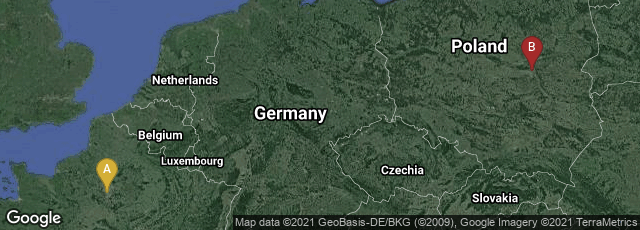
A: Paris, Île-de-France, France, B: Śródmieście, Warszawa, mazowieckie, Poland
Jacques Herbrand, as photographed by the German-American mathematician and photographer Natascha Artin-Brunswick during Herbrand's visit to Germany in 1931, presumably in June of that year.
In his doctoral thesis, Recherches sur la théorie de la démonstration, printed in Warsaw, Poland, in 1930 French mathematician Jacques Herbrand, a student at the École normale supérieure in Paris proved "the deduction theorem."
“The main product of Herbrand’s short life (he died in a skiing accident [at the age of 23]) was his thesis, in which he found two ways of proving that tautologies are provable. One was based upon a means of matching any quantified formula with a quantifier-free mate and proving that each was derivable; it reversed the handling of quantifications in Principia mathematica, *9, and also its systematic application in the second edition. The other method drew on model theory and normal forms, as developed by Leopold Löwenheim and Thoraf Skolem. A highlight was a result which became known as ‘the deduction theorem’; it took the form that if the premises of a theory were stated as a single conjunction H, then a proposition P was true within it if and only if ‘H ∩ P be a propositional identity’ . . . In effect though not in intention, he clarified some of Bertrand Russell’s conflations and implication and inference, and also removed a standard sloppiness among mathematicians when (not) relating a proof to its theorem. While several proofs were unclear and even defective, the thesis inspired important new lines of research” (Grattan-Guinness, The Search for Mathematical Roots 1870-1940 [2000] 550).
Van Heijenoort, From Frege to Gödel. A Source Book in Mathematical Logic (1967) 525-81.